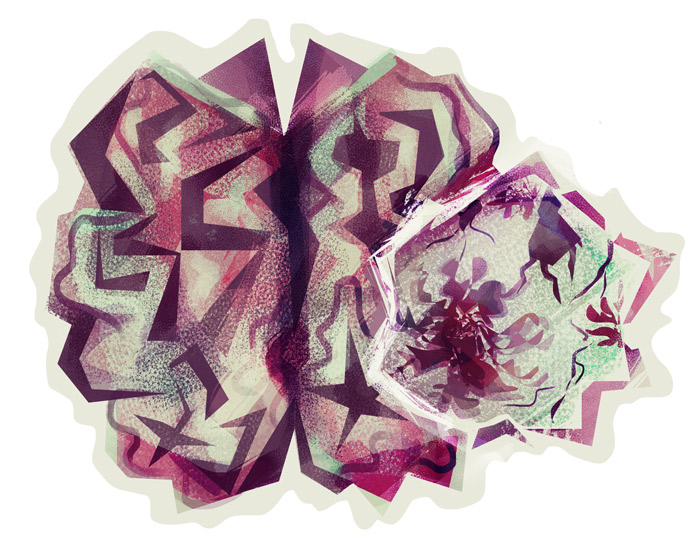Humans are on the lookout for rewarding stimuli all the time. Our ability to experience pleasure from some of these stimuli is an evolutionary mechanism to ensure the pursuit of basic biological needs, such as eating, known as primary rewards.
However, humans also have the capacity to experience pleasure from types of stimuli that have no clear biological benefit—known as secondary rewards—including the pleasure of listening to music.
On Nov. 20, Researchers at the Montreal Neurological Institute and Hospital of McGill University published a study on Nov. 20 that examines the neurological pathways associated with listening to music. Previous studies emphasized the role of fronto-striatal circuits in primary and secondary rewards. Fronto-striatal circuits are neural pathways that connect frontal lobe regions with the striatum, which mediates motor, cognitive, and behavioural functions within the brain. Although research using brain imaging has shown a correlation between listening to music and a rise in dopamine release in striatal areas, none had established causality.
The new study was spearheaded by McGill researcher and postdoctoral fellow Ernest Mas-Herrero and Professor Robert Zatorre of the Department of Psychology. Mas-Herrero and Zatorre established a direct causal relationship between the engagement of fronto-striatal circuits and different aspects of music reward sensitivity. They used theta burst stimulation (TBS) to modulate human brain activity. TBS is a non-invasive technique that involves placing a magnetic field generator on the scalp that sends pulses of electricity through the generator, creating a tiny magnetic field that promotes a response in the brain’s neurons.
Seventeen participants were asked to come for a total of three sessions. At the start of each, participants received one type of TBS stimulation. In one session, they received intermittent stimulation (iTBS), in another they received continuous stimulation (cTBS), and in yet another, they received a fake stimulation (the control). Intermittent stimulation and continuous stimulation send the same number of pulses to the brain with the same intensity. However, iTBS sends these pulses in intervals, so the total stimulatory time is three minutes, while cTBS sends the pulses continuously. After receiving the stimulation, participants listened to excerpts from their top five favorite songs during each session. They also listened to 10 more excerpts from songs that the researchers chose, which were different for every session. While listening to each excerpt, participants rated the degree of pleasure they experienced as low, neutral, high, or chills. They were also asked for the amount of money they were willing to pay for each song.
Relative to the control, participants liked the music more and offered more money after excitatory iTBS. They liked the music less and offered less money after inhibitory cTBS. By altering activity in the prefrontal-striatal area of the brain with TBS, the study provides evidence of the causal role of brain circuitry in musical pleasure.
An important issue in using TBS is that the physiological consequences of the stimulation are difficult to establish. Although many TBS studies make the implicit assumption that the area targeted by the generator is the area affected, this need not be the case. For complex cognitive functions, interactions take place in many brain regions, as is the case for music. To solve this problem, Mas-Herrero and his team are currently working on a new study, where they combine TBS with functional Magnetic resonance imaging (MRIs). Their goal is to identify which exact regions of the brain are responsible for modulating the reward center when listening to music.
Mas-Herrero and Zatorre’s study opens avenues for research to explore how other processes in the brain may be altered by stimulation of fronto-striatal circuits, and help to further understand the neural mechanisms underlying pleasure in humans. The fact that TBS can affect our pleasure response to music has potential clinical applications. It could be used to treat psychological disorders in which a patient’s reward circuitry is poor, such as depression or addiction.








